What are SATs?
SATs are national curriculum tests that measure children's academic development. SATs are authored and distributed to schools by the STA (Standards and testing agency).
Table of Contents
What does SATs stand for?
SATs stands for "Standard Assessment Tests" though it can also stand for "Statutory Assessment Tests".
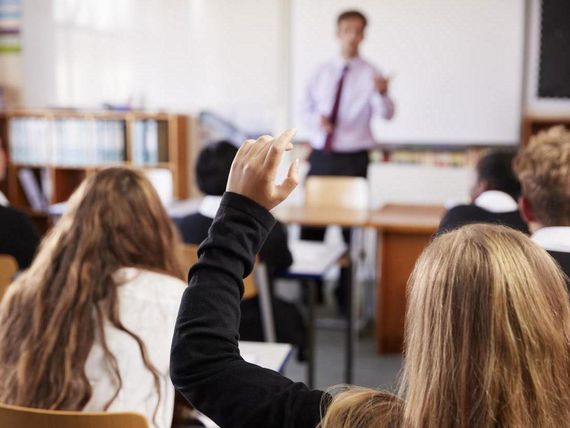
When do SATs take place?
SATs take place in primary schools across England every year.
Children take their SATs in Year 2 (at the end of Key Stage 1) and Year 6 (at the end of Key Stage 2).
Key Stage 1 SATs Tests
Key Stage 1 SATs (KS1 SATs) take place in May when children are in Year 2 of primary school (aged between 6-7 years old).
KS1 SATs test children's skills in maths and English reading (plus an optional test in grammar, punctuation and spelling). There is also a teacher assessment in writing.
KS1 SATs are informal national curriculum tests. They are not strictly timed, they take place in a normal classroom setting and they are marked by a child's teacher. Many schools don't even tell parents or pupils that the tests are happening!
From 2023, KS1 SATs tests became non-statutory, meaning that primary schools could choose whether or not they administered them.
Key Stage 2 SATs Tests
Key Stage 2 SATs (KS2 SATs) take place in May when children are in Year 6 of primary school (aged between 10-11 years old).
Key Stage 2 SATs test children's skills in maths, English reading and grammar, punctuation and spelling. There are also teacher assessments in writing and science.

KS2 SATs are much more formal than KS1 SATs. These national curriculum tests are formally timed, there's a nation-wide exam timetable and the exams are sent off to be marked externally.
How are SATs marked?
KS1 SATs are marked by a child's teacher and KS2 SATs are marked by external examiners.
SATs tests are marked and a child's exam mark (e.g. 25/36 or 42/60) is called their 'raw score'. This raw score is then converted to a 'scaled score' using a scaled score conversion chart.
Raw Scores? Scaled Scores?
A child's raw score (or raw marks) is simply the total number of marks that pupil has scored on a test.
By using a conversion chart, the child's raw scores are transformed into age standardised test scores or simply 'scaled scores'.
Broadly speaking, scaled scores give a much easier indication of how a pupil is performing relative to the national sample of pupils of the same age group. The average score is always 100, hence a higher score is above average and a lower score is below average.
For SATs, scaled scores range between 80 and 120.
If a child's scaled score is:
below 100, they have not reached the expected standard.
between 100 and 109, they have reached the expected standard.
110 or over, they have exceeded the expected standard and are judged as working at greater depth.
Do parents get the results?
More often than not, yes. Individual pupil's results are available to each school in July via an online portal.
For KS1 SATs, parents may have to ask to see their child's detailed SATs marks but they will be told whether they are working at the expected level as part of their end of year report.
For KS2 SATs, parents get their child's scaled scores during the summer term (whether by email, letter or end of term report) and they are also told whether or not they have reached the expected level.
In December, each school's Key Stage 2 SATs results are published in the Department of Education's primary school league tables. This allows parents across the country to compare schools against each other as well as against the national standard.
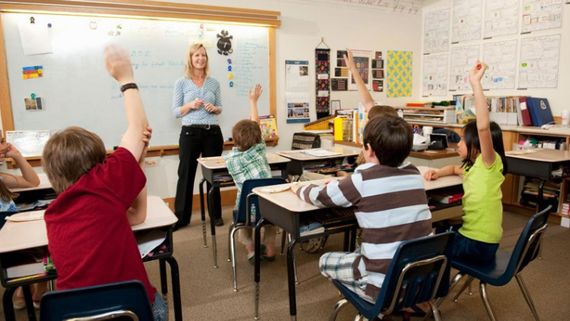
What's a good SATs score?
Good SATs scores in KS1 SATs and KS2 SATs is anything above 100. A great score is anything above 110 - that means your child is performing at 'greater depth' and 'exceeding expectations'!
What is the purpose of SATs?
SATs measure children's academic ability at a particular point in time against the expectations set out in the national curriculum.
Hence, SATs are very useful as they allow teachers to measure an individual child's attainment and progress over time (between Year 2 and Year 6).
When individual results are grouped together across an entire school, city or region, SATs results allow local authorities and the government to make important comparisons.
Making easy comparisons helps the Department for Education (DfE) ensure that schools can be held to account for the attainment of their students and the progress they make.
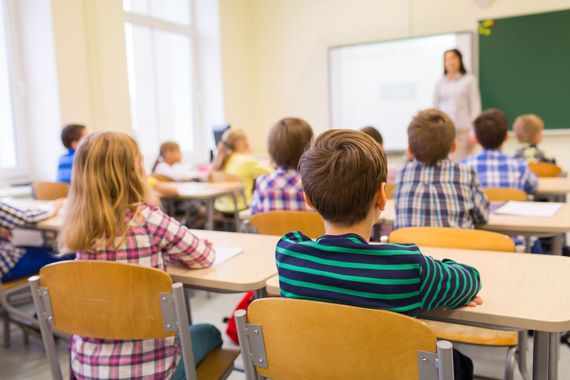
Can you fail your SATs?
Strictly speaking, no. The government says SATs are not about 'passing' or 'failing' but are instead used to show the level your child is working to.
SATs show whether your child is working above, below or at the 'expected standard'.
Needless to say, numerous parent-pressure groups say that not reaching the expected standard equates unfairly to failure in many parents' and children's minds, negatively impacting a child's education.
In the 2022 SATs, 41% of primary school pupils did not meet the government's expected standard in all three Key Stage 2 SATs disciplines.
Should I help prepare my child prepare?
Yes! SATs are likely your child's first experience of a test and it's important that they have a good experience.
If parents think their children could suffer a little exam-related anxiety, it only seems a good idea to help them through it, right?!
Providing a positive learning and test environment at home seems far more constructive attitude than ignoring any stress or weaknesses and hoping the tests get cancelled.
It needn't take much time either, just a little bit of home learning here and there can work wonders for their schoolwork while tackling stress and boosting confidence. We would firmly recommend using past SATs papers or SATs practice papers.
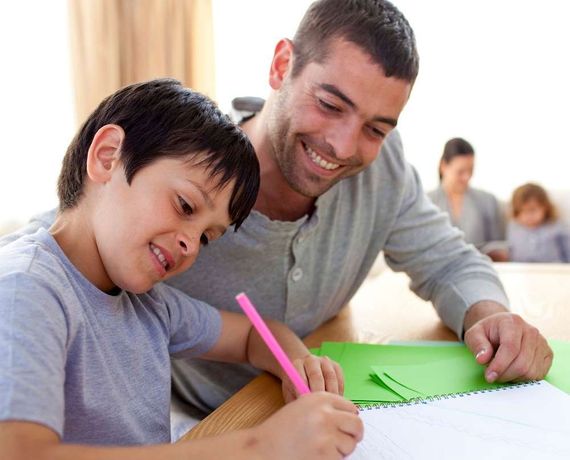
Do SATs results really matter?
Yes, SATs results matter for both children and primary schools.
SATs results matter for children
Do secondary schools use SATs results? Yes. As well as CAT tests, Year 6 SATs results are often used by secondary schools in generating target GCSE grades and set initial academic streaming in which children are placed in Year 7.
Independent schools can also ask for KS2 SATs results (or a teacher's predictions of those results) when a child applies for a place.
However, it's important to remember that KS2 SATs only measure a child's English and maths skills. SATs don't show that a child is an excellent communicator, a talented musician or an up-and-coming entrepreneur.
Thus, SATs are important for children but they're not the be all and end all.
SATs results matter for primary schools
By their nature, SATs results can vary wildly between two different year groups due to the variation in children and their abilities.
To judge a school by one set of SATs results is rightly seen as being unfair and unrepresentative. However, as SATs take place in Year 2 and Year 6, the results show the level of progress children make between these two years.
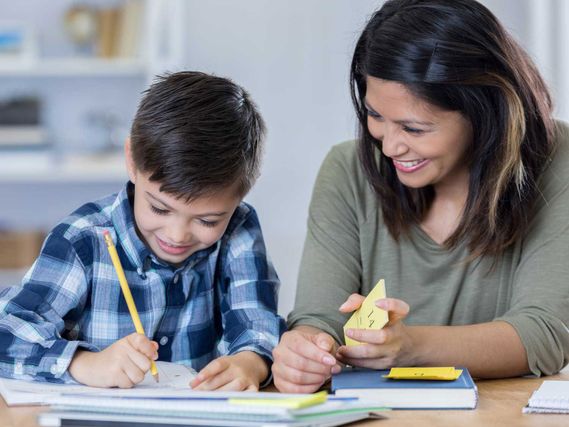
Put simply, SATs results show how much children have learned in English and maths, illustrating the 'academic value' of the school.
Further to this, if a school does not reach specific academic attainment or progress standards over a period of years, it can trigger interventions by the local authority and Ofsted.
Do Secondary schools take SATs?
No, not any more. From 1998 until 2008, secondary schools administered Key Stage 3 SATs tests for children in Year 9 (aged 13-14).
For further information about the History of SATs, read our dedicated article.
Why are SATs controversial?
Are SATs bad for children and teachers?
SATs have long been criticised for causing undue pressure, anxiety and stress in children.
Around Easter every year there is a debate in the media, House of Commons and education sector about whether SATs (and indeed academic exams in general) are damaging for our children.
The pressure group "more than a score" reported in 2022 that 60% of Year 6 pupils surveyed were "worried" about their KS2 SATs, with 9% of them "not sleeping well" because of their upcoming assessments. Comments from concerned Year 6 pupils included, "I'm nervous of failure", "I get more easily stressed" and "Exams are scary".
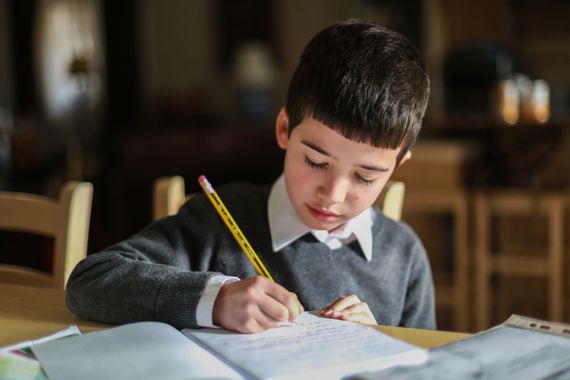
Some teachers also report that SATs dominate children's learning and the curriculum, leaving them with little time for more inspiring topics and experiences, thus impacting the well-being of children, their teachers and school leaders.
That said, a report by University College London found that "students in England sitting tests in the final year of primary school do not appear to harm children's happiness or wellbeing."
For much more information about the 'battle of SATs being good or bad' please read our article 7 BAD things about SATs (and 7 GOOD things).
Are SATs good for children and teachers?
SATs, while certainly controversial, do provide an opportunity for children to experience "formal exam conditions" for tests that don't have life-long consequences. Indeed, the intensity of testing will only increase throughout secondary school as they slowly approach their GCSEs and A-Levels.
After all, it's important that as parents and teachers we teach children how to deal with exam-related anxiety rather than simply ignore it.
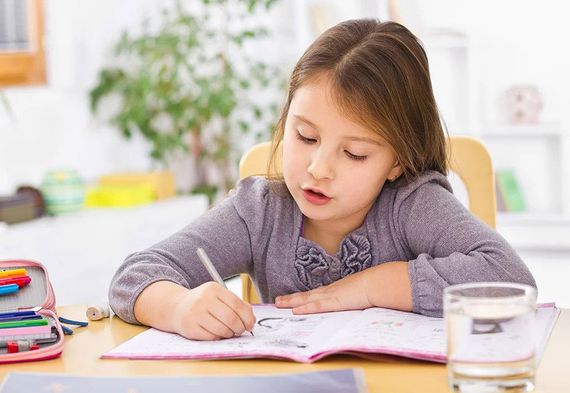
In a broader sense, while coursework and general teacher assessment may seem a fairer and easier way to judge pupils, the absolute fairness of the exam room cannot be denied. The exam room doesn't discriminate between rich and poor, disabled and able, girl and boy or educated parent and working parent. The exam room may be tough but it is fair.
As for teachers, todays demands of ever greater transparency and hard numbers means there will always be a need to measure and compare the performance of schools.
Recent SATs results have highlighted the differences in academic progress between different regions, between girls and boys, between rich and poor and indeed between those that were heavily impacted by coronavirus and those that were not.
SATs may not be perfect but the alternatives may be far worse.
Can I opt my child out of SATs?
No, not really. Practically speaking, there's nothing to stop a parent keeping their child at home for their SATs tests, whether that's via unauthorised absence or a well-timed pandemic infecting the home. That said, your child's school will be rightly furious so you can expect a telephone call!
However, there are scenarios whereby a school can apply to have children exempted if they feel, as professionals, that the child could not fairly complete the test. This is rare but it does happen, mostly in cases where the children do not speak English or are working well below the expected level due to SEND.
FAQ
What are SATs equivalent to in UK?
Unlike GCSEs, A-Levels and the 11+, SATs in the UK measure children's academic ability against national curriculum expectations.
What are SATs for Year 6?
Year 6 SATs are tests that take place in May, when children are nearing the end of Year 6 of primary school.
What is the purpose of SATs?
SATs measure children's academic ability against the expectations set out in the national curriculum.
What does SATs stand for?
SATs stands for 'Standard Assessment Tests'.
